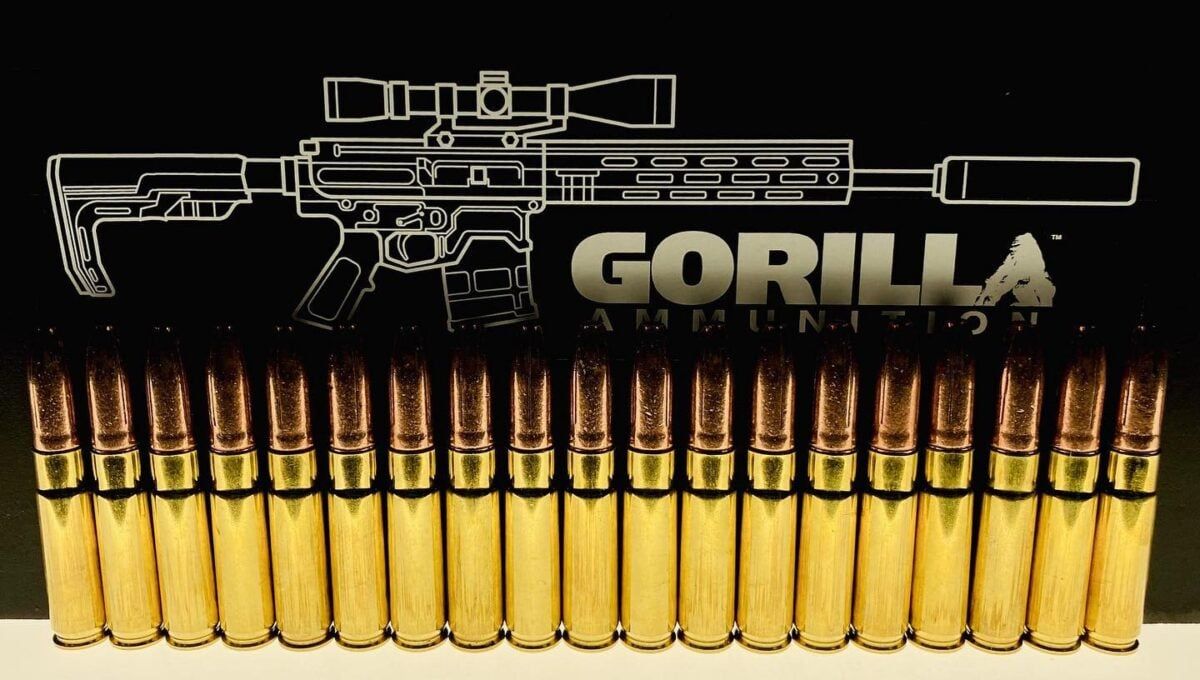
With the impending launch of 8.6 Blackout, we thought it would be a good time to reach out to Lanse Padgett CEO of Gorilla Ammunition/PCP Tactical, to talk about his company’s involvement with the new round, as well as learn more about his company and how it started.
Q: Lanse, thanks for taking the time to chat. Let’s start at the beginning, and tell me how did Gorilla Ammunition begin? I can recall buying a box of 50 rounds of 300 Blackout at a local gun show very early on, when factory 300 Blackout was quite new.
Lanse Padgett, Gorilla Ammunition – PCP Tactical was founded in 2010 to make lightweight, polymer-cased ammo for the military. They had been trying to do it since the 1950s and we thought that it was something that we could do and that it couldn’t be that hard. My brother is an engineer, and he had worked with Knight’s Armament in the past, so he had a lot of experience with weapons, but not ammo. With his background, we thought it might be a challenge but something that would not be insurmountable. We started the company in 2010, and by 2013 we were still doing research and development on that side. It was a moving target, and as an investor in the company, I knew that we needed to make some money. We had all of this fancy equipment to load and spec ammo, but we were not actually selling anything yet because our polymer-cased ammo had not yet been qualified by the U.S. military.
I threw out the idea of making brass-cased ammo, picking out another name so that it doesn’t confuse people that we had gotten out of the polymer-cased ammo business. We ended up calling it Gorilla Ammo. We knew nothing about brass-cased ammo, per se, but we had learned about ballistics, we had the most cutting-edge testing and inspection equipment, and everything else we needed. We were a little baby company, but we were using all of the Ohler systems and all of the equipment that the bigger companies were using, so I knew we could do it.
Q: Forgive me, I’m not familiar with what an Ohler sytem is, can you explain that, briefly?
Lanse Padgett, Gorilla Ammunition – It’s what we use for our pressure and velocity testing in our indoor test range that’s in our shop. Every round that we do, we extensively test to make sure it’s safe. For some smaller companies, you can pick up a book and see what the load is for a 115-grain 9mm FMJ round, but that’s not good enough when you’re selling it to a consumer. We have to prove that we’ve tested it. We have to have lot numbers that are associated with it in case there would ever be a problem. Fortunately we have not had any problems, but it’s something we have to do.
We extensively test before we launch a product, and while we are running that product, we are testing every so many rounds. Our guys momentarily stop production, walk to the back, and shoot ten rounds, and make sure everything is still in spec. We do this because lots vary from primer, to projectile and to powder. Powder is always different, even though it is the “same” lot and type of powder. It’s not a perfect process how they create the powder. There are variations. So, we are constantly checking that our specs are in compliance with what they should be.
Q: So, it sounds like your company was set up well with the right equipment, and that this wasn’t some back room business just pumping out ammo as a hobby. You were primed and ready to produce something that was very cutting edge by anyone’s standards.
Lanse Padgett, Gorilla Ammunition – That’s exactly the case. You know, the Army and SOCOM don’t play around. You can’t just say ‘I’ve got something great.” You have to prove it and obviously test it. They’re not just going to take your word for it that you’ve got something great. We invested very heavily in both testing, inspection and manufacturing equipment, to be able to make the best product possible for our warfighters, but we had just not gotten there yet. We currently make ammo for SOCOM and the Army, but at that point, we were not there, and that’s why we launched Gorilla. We were in a position where we had to sell something and make some money.
Q: What was the first ammo that you began making and when was that?
Lanse Padgett, Gorilla Ammunition – We started doing it in 2013, and this was during a time when ammo was scarce. Obama was in office and there was a huge run on ammo. The first thing we made in brass was .223. We didn’t have any supply side connections or friends like we do now. Today we have great realationships with companies like Sig, Black Hills, Fiochi. Back then, we didn’t. As such, I ordered a few million cases from Lake City and they kept saying ‘no.’ That said, we were loading what we could and we were finally making some money.
One day in the November of 2013, around two million cases arrived. I should have known right then that it was over. The run was over. When supply starts showing up unexpectedly, that means it’s over…Then, Russian imports started being allowed back in, and the next thing you know, the market crashed. We were never going to be able to compete with the price of Wolf or Tula ammo.
Q: So, was that when you turned to 300 Blackout?
Lanse Padgett, Gorilla Ammunition – That’s right. I went to my staff, and said, “This 300 Blackout thing looks pretty cool. I need you to figure out how to turn these newly arrived two million cases of .223 that I just bought into 300 Blackout.” They went to work, and when we arrived at SHOT Show with it, the reception to it was just out of control because no one could get 300 Blackout. We were able to sell to the big gun companies to build their AR platforms with. They needed reliable, good quality 300 Blackout ammo and they couldn’t get it anywhere, so they were coming to us. It was just flying out the doors. Remington had sold everything they had that year, and we were the only ones who had it. This really established a name for us and it also taught us a lot. We learned a lot about subsonic, weapons, gas ports, gas blocks, etc.
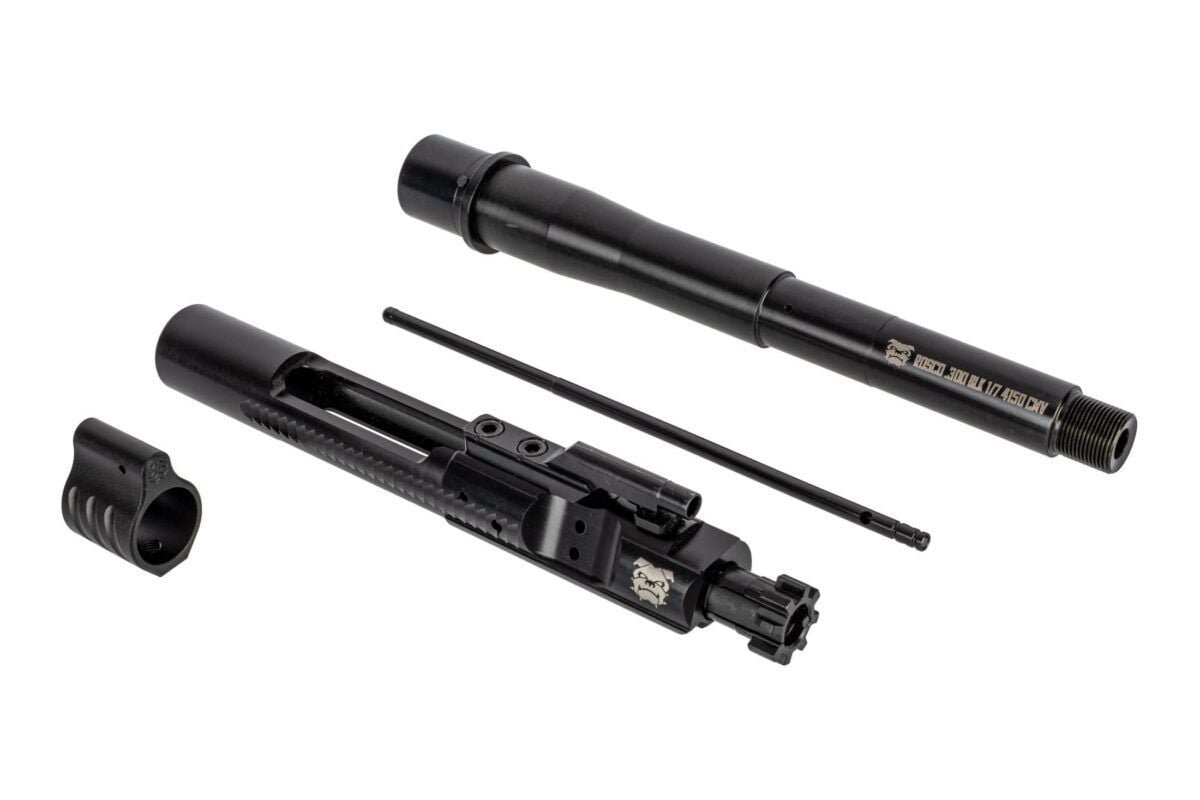
Rosco Manufacturing Bloodline 8.2″ Pistol .300BLK Sauce Pack
We kept producing 300 Blackout, and then slowly began to add more military calibers, as we were continuing to work closely with the military. We began making .308, then we went to .260 Remington because it looked like SOCOM was going that direction for a while. I should say here that in 2014, we did go into a military contract with SOCOM on the polymer-cased ammo. This meant we were now running two companies – one that was spitting out 300 Blackout as fast as we could, and another that was doing a ton of R&D with Special Operations Command to try to get the polymer thing into warfighters’ hands.
Q: Can you talk briefly about how the size of your company works to your advantage?
Lanse Padgett, Gorilla Ammunition – It’s just different when a company is trying to make tens of millions of rounds, versus hundreds of millions of rounds. They run faster because they have to, to do the volume that they do, and the price point that they do. They’re sometimes using older equipment, not that there’s anything wrong with that, but there have been innovations over the last decade. We can’t be as fast as what another company might do, but we can be more precise. We’re more concerned about quality from round-to-round than the sheer number. What makes sense to us is that the customer who buys our ammo comes back to us every single time because our quality is so much better…
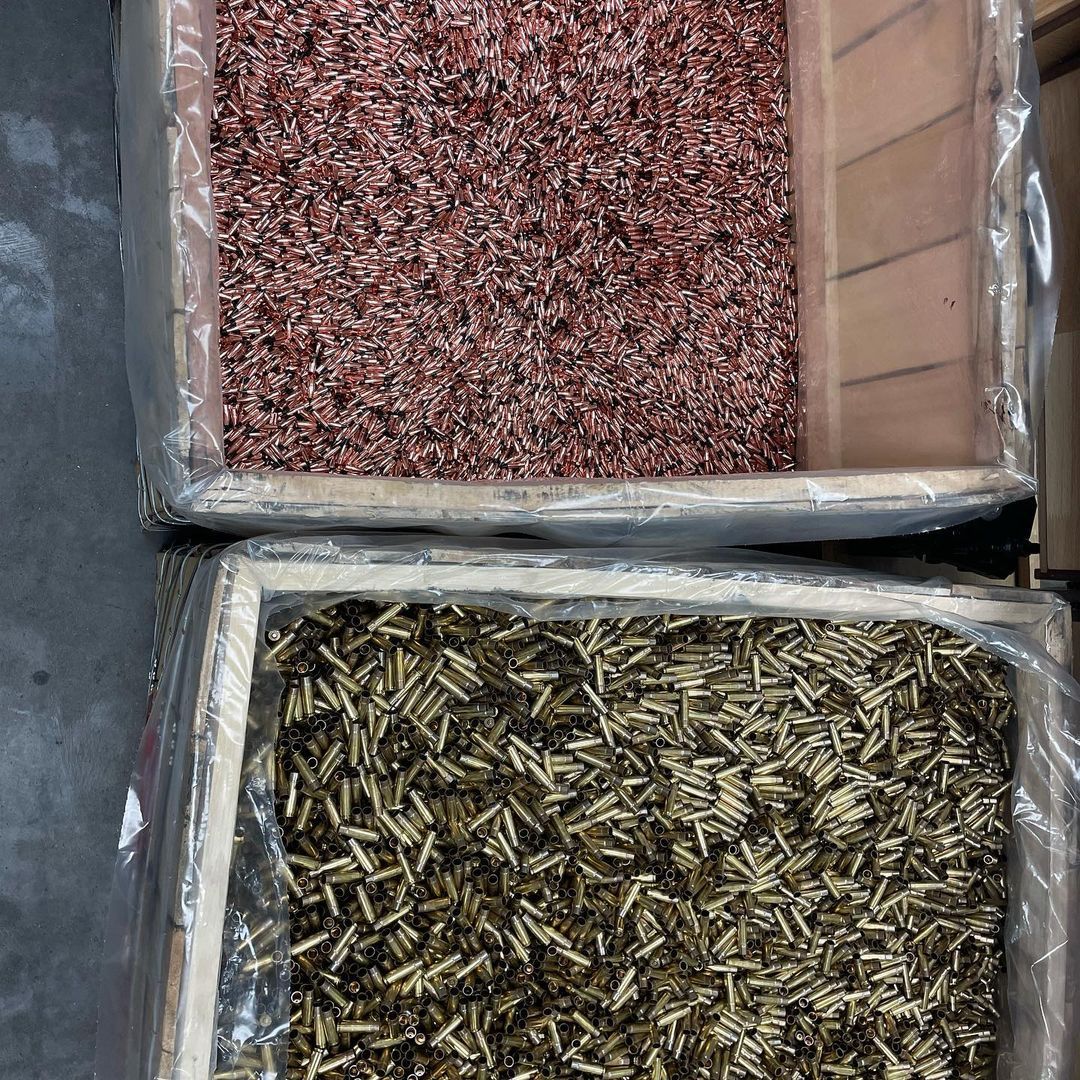
Barnes TAC-TX projectiles and cases
Q: Can you talk a bit about you loading the extremely effective Barnes 110-grain “blacktip” round. In many circles, it is considered the best choice for hunting, self-defense, etc.
Lanse Padgett, Gorilla Ammunition – When Remington declared bankruptcy, Sierra ended up purchasing Barnes out of that sale. We’ve had a long-standing relationship with Sierra. They are a great company, and they make great projectiles, but they didn’t have anything like the Barnes projectile. Once we heard they bought Barnes, we immediately called them and put in an order for the 110s. I think we were one of the first companies to get a substantial number of the projectiles out of the Barnes plant once Sierra owned them. We load it and I think we have a pretty darn good load for it.
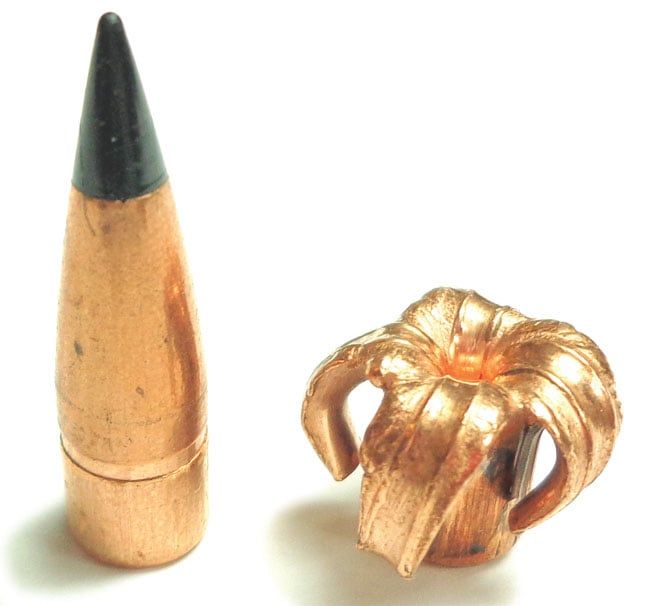
Barnes was on the cutting edge of the expanding copper projectile, and it’s a good projectile, and it’s something that we really take care with during the loading and inspection process. We also try to make sure that we have a readily available supply of it, and we intend to keep it, as people really love it.
Along the way, we did develop some of our own projectiles, along with custom projectiles from Lehigh, who make projectiles that fragment and expand. Bullet technology has changed a lot. What people thought was the only way to go, isn’t really the case anymore. We’ve done a ton of testing with the military and with law enforcement to show that new projectile technology can totally change even an old caliber.
Q: Let’s talk about 8.6 Blackout. As a company, you’re sitting at the forefront with this new round. What can you tell us about it, etc.?
Lanse Padgett, Gorilla Ammunition – 8.6 Blackout is the coolest thing I have seen since 300 Blackout came around, by far. We’re loving it and it is just so amazing. It’s a 6.5 Creedmoor case necked up to hold a .338 caliber bullet. For years, the military has wanted a subsonic round in 7.62 that would cycle their gas guns so that they could go from subsonic to supersonic without having to play around with the gas settings on the gun. 8.6 Blackout does just that.
Being .338, it’s a very large projectile and we’re looking at loading everything from a 160-grains up to 300-grains in those cases. It has as much if not more energy than .308 at supersonic speeds, or is at least creating equivalent wound cavities. You then have the option to go subsonic as well. It makes it so cool. It is so quiet, and you have so little recoil, and you are increasing energy tremendously when compared to 300 Blackout because of the sheer mass of the projectile. To get the energy on target, it is a combination of velocity and mass.
We’re having so much fun with 8.6 Blackout and we are very happy to be partnered with Q and we’re so excited that Faxon has jumped on to make barrels for us. Their 1:3 twist barrels are much, much faster than a standard twist. You are spinning the projectile so fast that some traditional thin-jacketed, lead core projectiles cannot even stay together coming out of the bore. As such, we are using solid copper projectiles that we are making ourselves. In-house, we are turning a Gorilla solid copper subsonic 300-grain projectile. We’ve made it both expand or fragment and create several wound channels. We’ll probably make a Gorilla supersonic cartridge as well. We are also using solid copper projectiles from other companies, and we are also using solid copper projectiles from Barnes, like the Barnes 200-grain TSX.
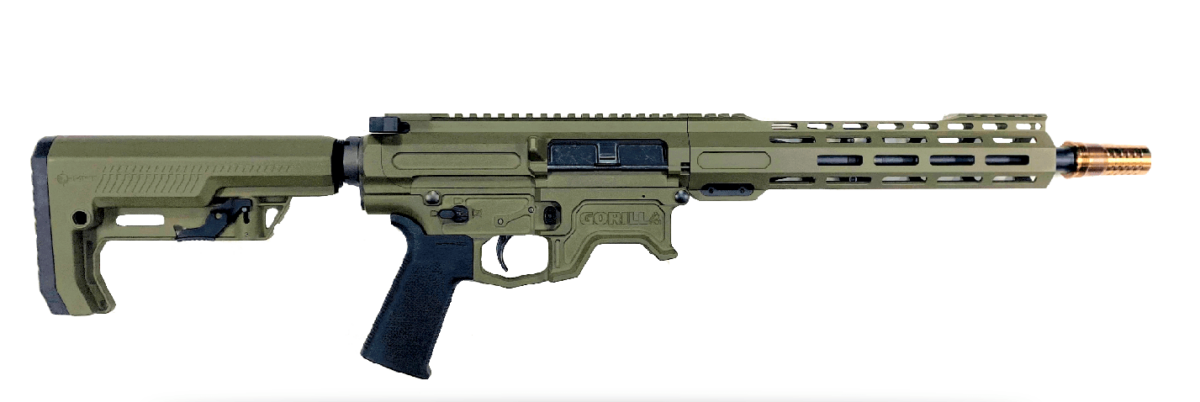
We have been playing with multiple loads with multiple barrel lengths. It looks like we will have 8”, 12” and 16” barrels. In addition to ammo, we are also making both bolt guns and gas guns. Faxon is currently making barrels, and they may make guns as well. Q is making the guns and suppressors. So, we all have our own independent things in the mix, but we’re also overlapping and sharing information, test results, load and performance information. There has been a lot of hype for a long time, but to do it right takes time. We’re working on it every day, and I’m so excited that people are finally going to get to see it all very, very shortly.

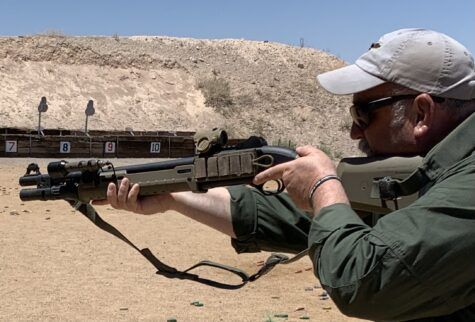

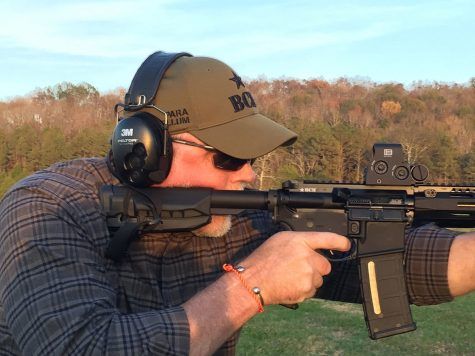
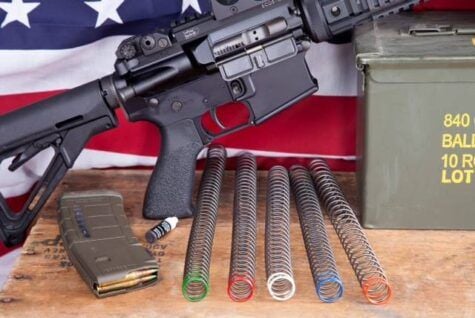
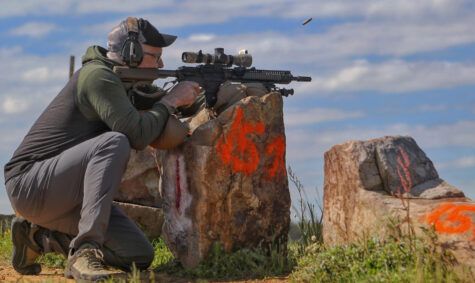
I have heard that the sweet spot barrel for .300 is 10.5, what is the length for 8.6?
My GUESS is @ 12″ would be the sweet spot.
I hope Faxon is paying attention, a 12″ barreled 8.6 pistol sounds like just the thing for an all around pistol for any use.
We have a Faxon article coming out later this week…I think that’s the plan. My guess is you see a variety of pistols at 8 and 12.”